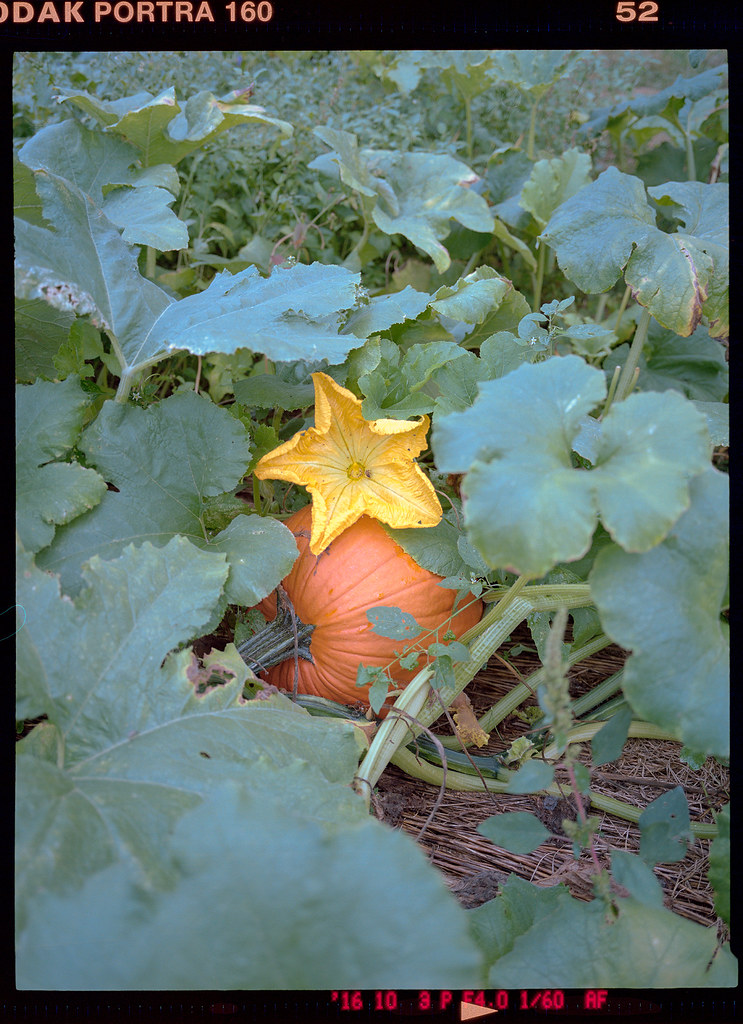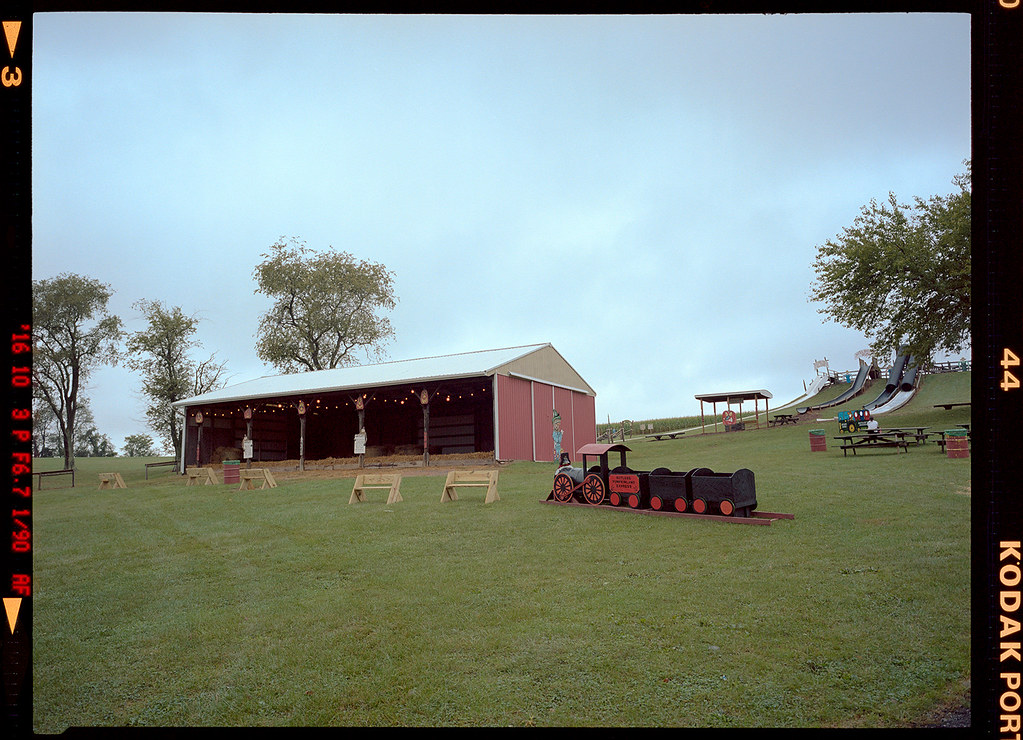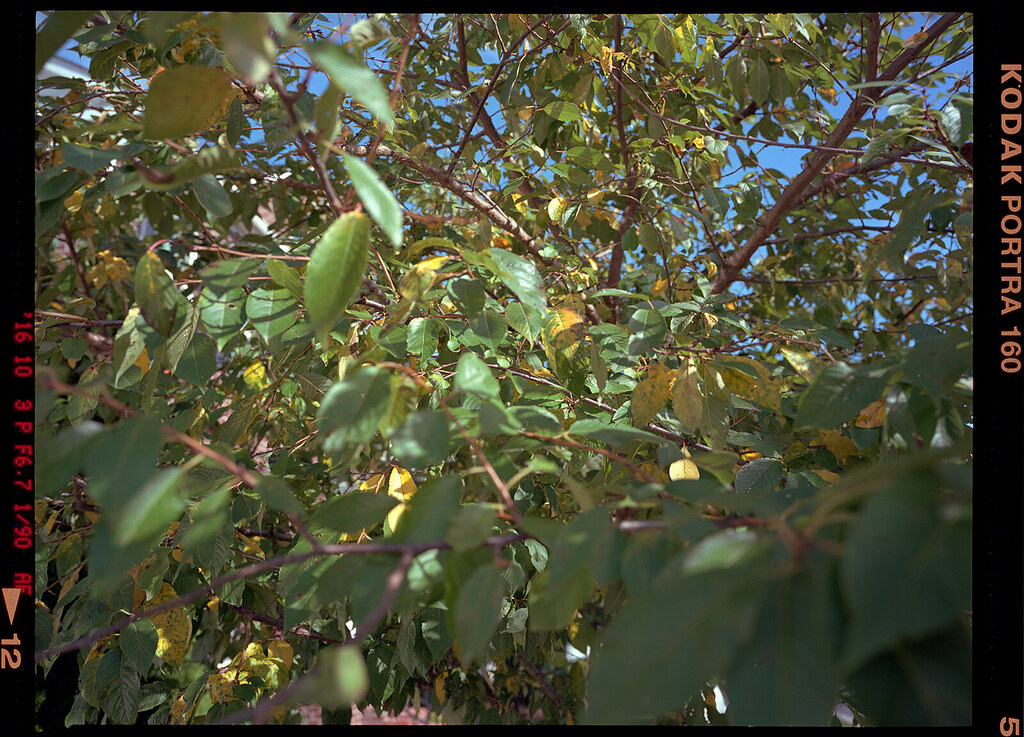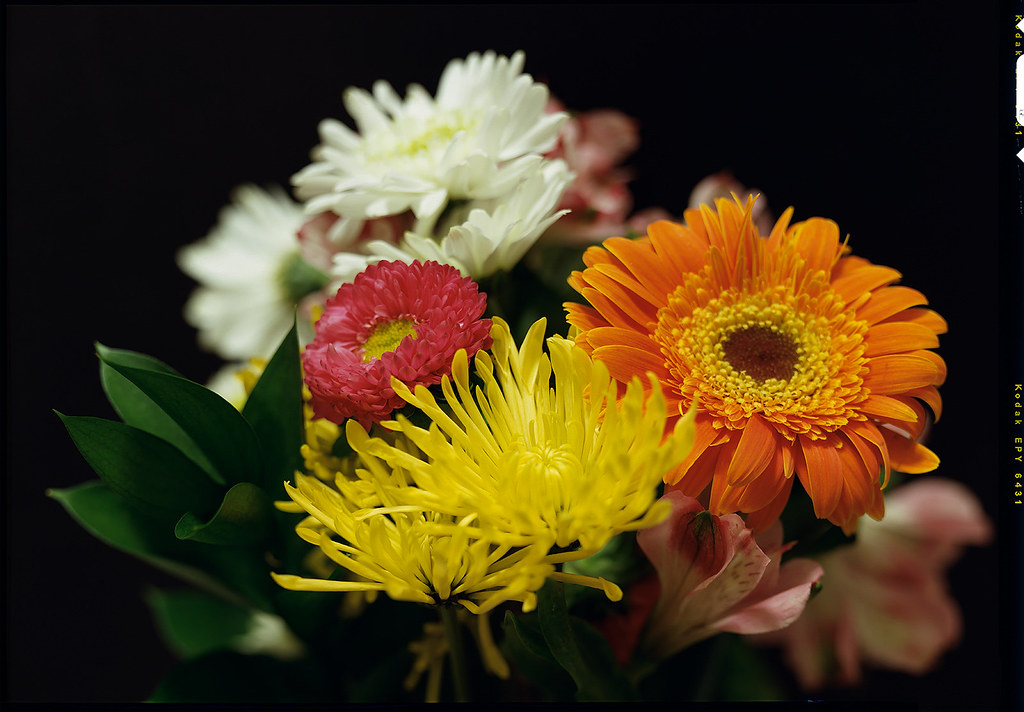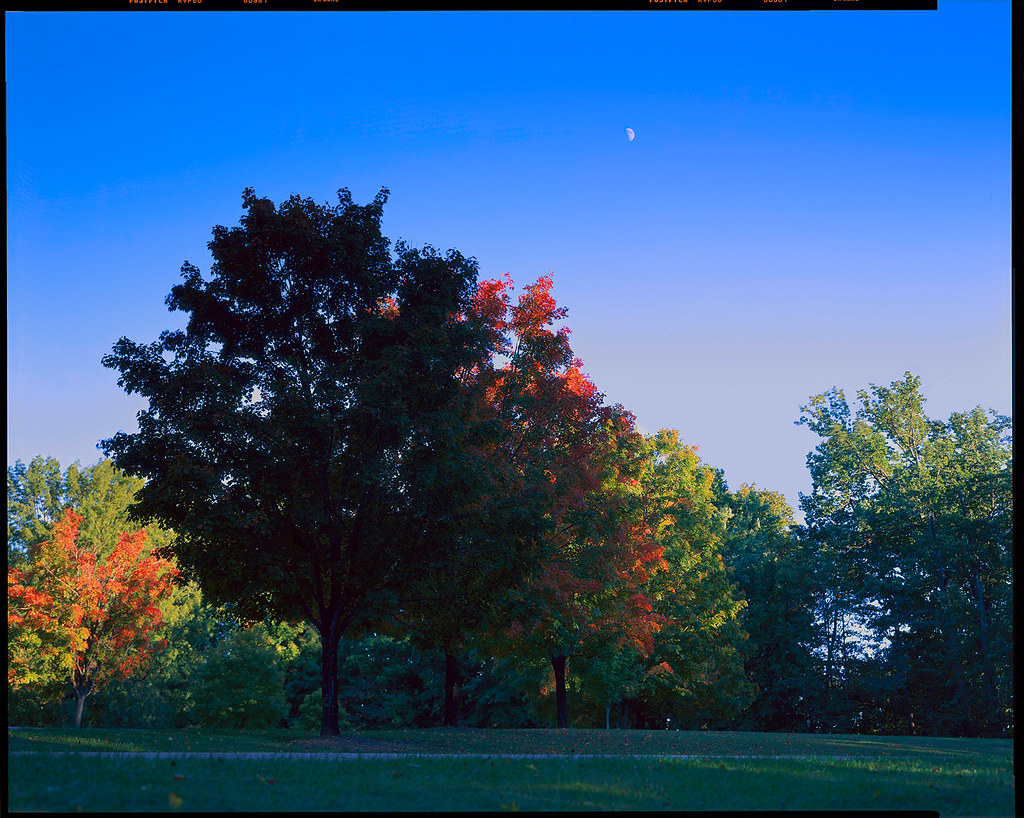Netsoft2k
Well-known
Thank you James!
Absolutely beautiful Brbo!
Absolutely beautiful Brbo!
What sort of investment, both in time learning as well as monetary, am I looking at if I want a drum scanner? The scans in here are amazing, and make my v750 scans look terrible.



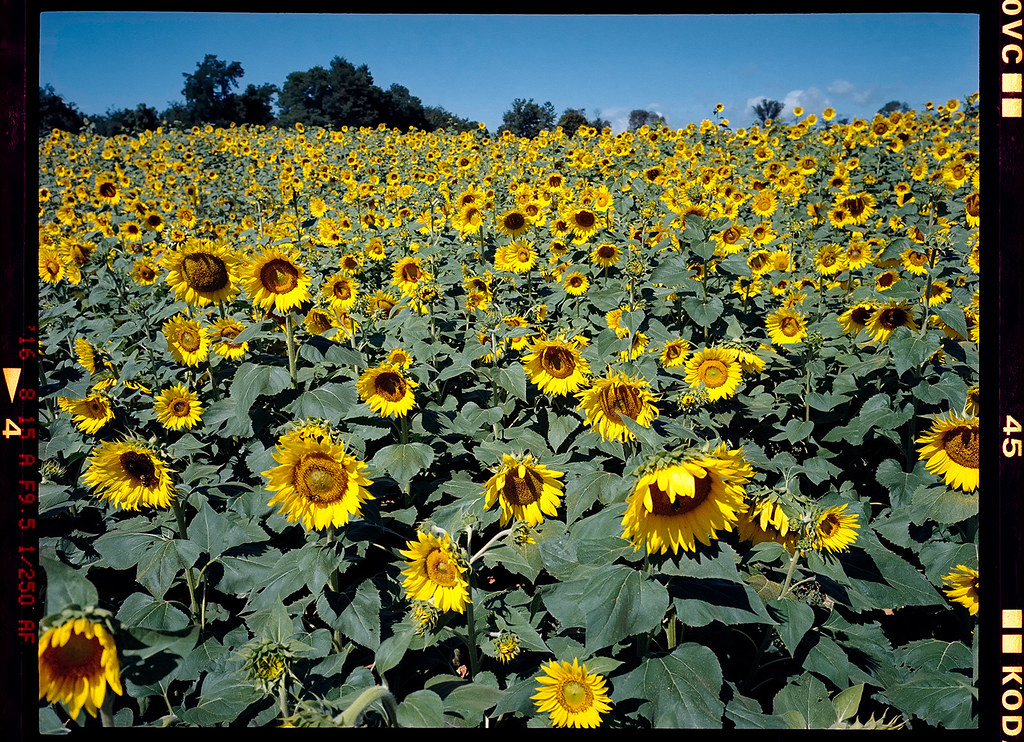
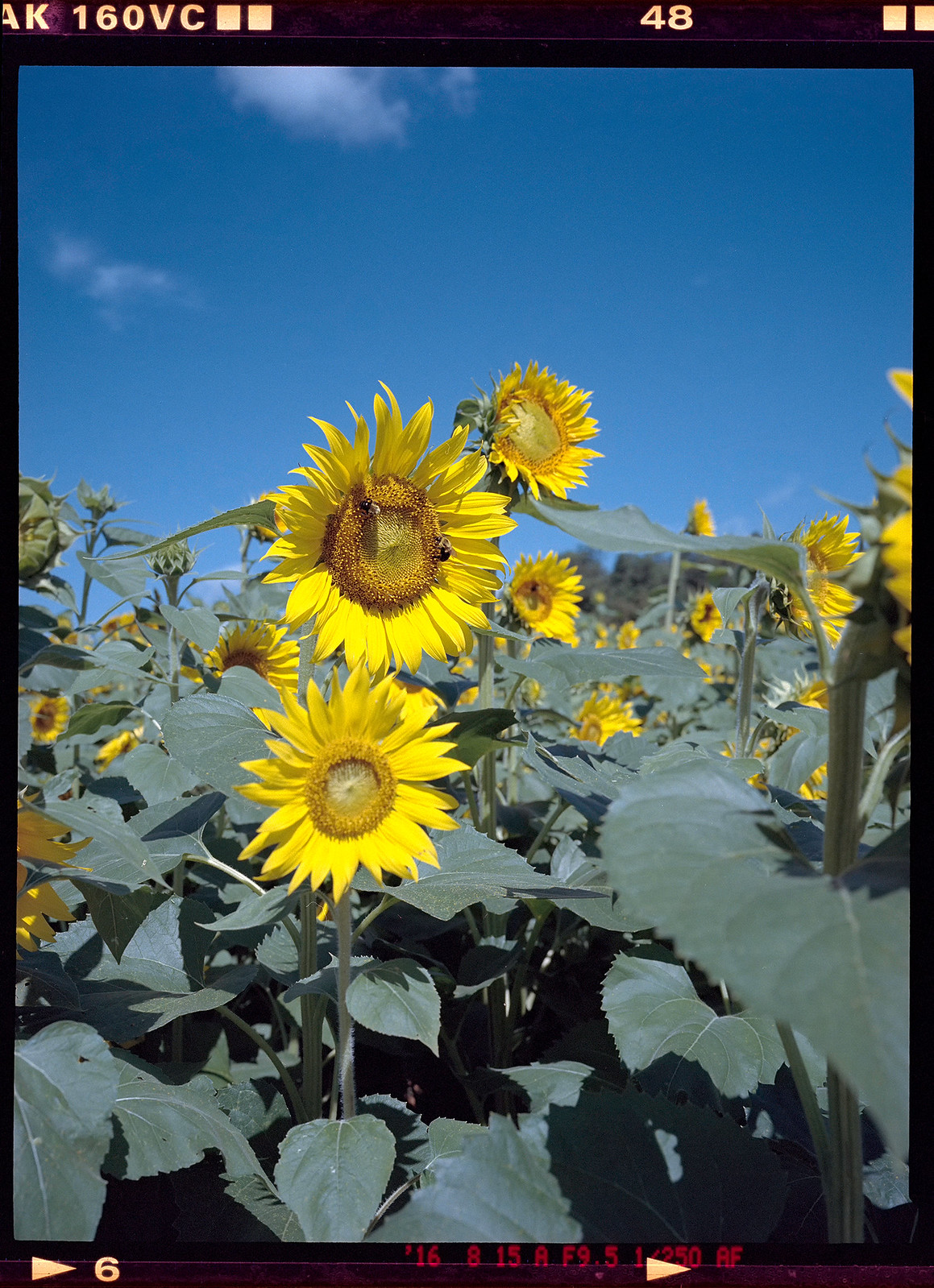
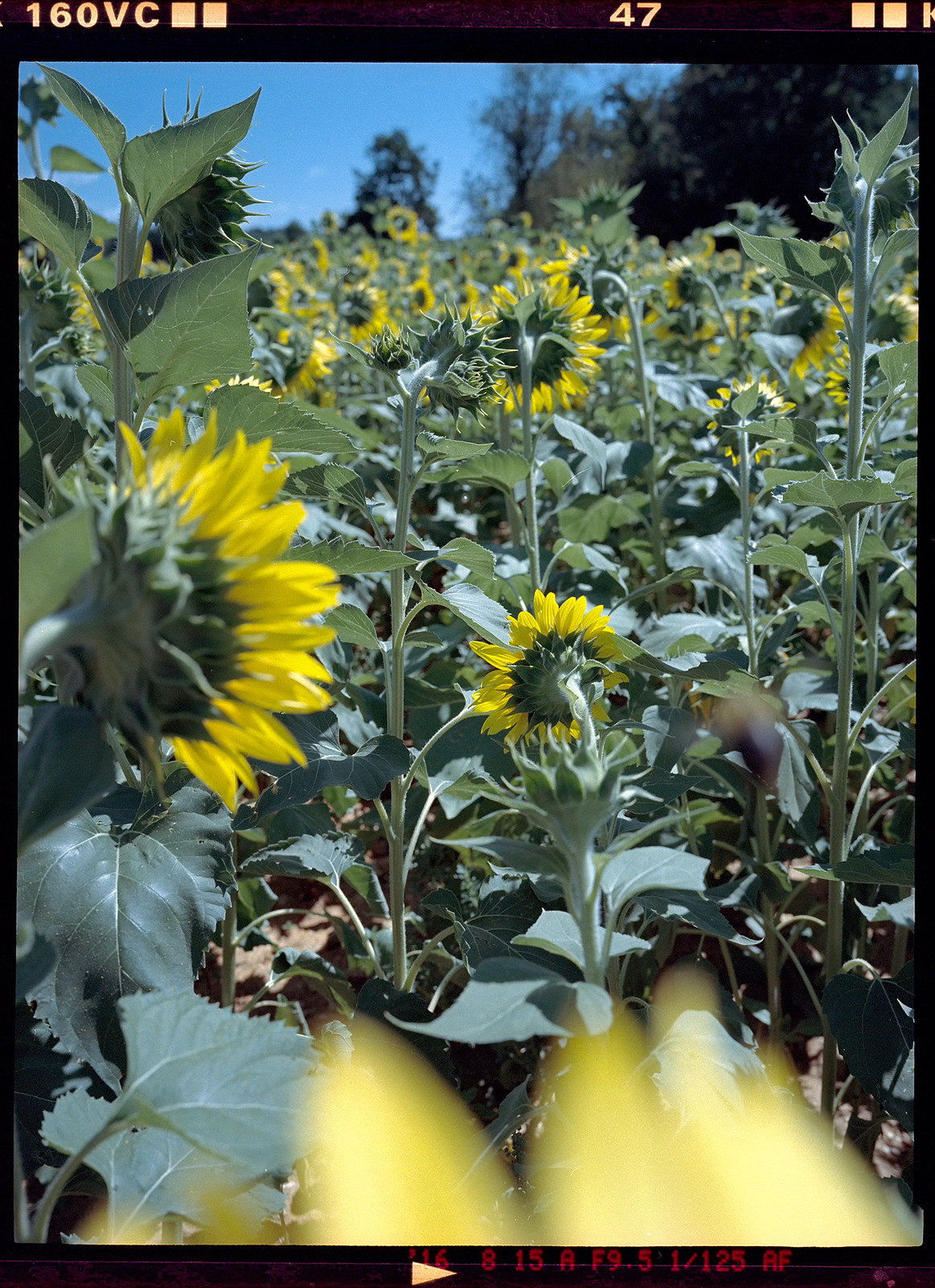
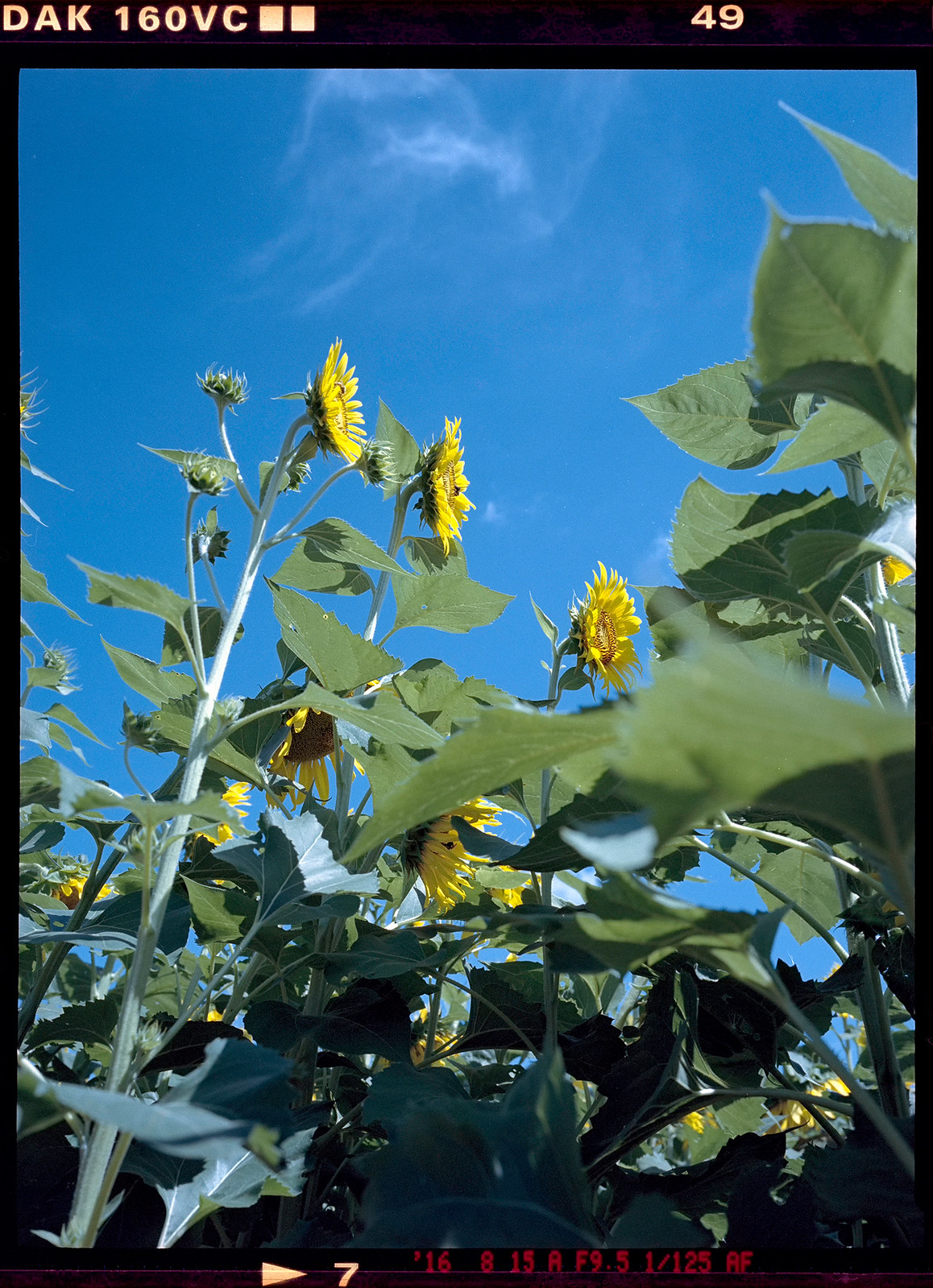







Everything is fine but all these drum scanner will die soon. Now it's hard to find SM good shape. I had six Scanmates, four 11000 and two 5000.



